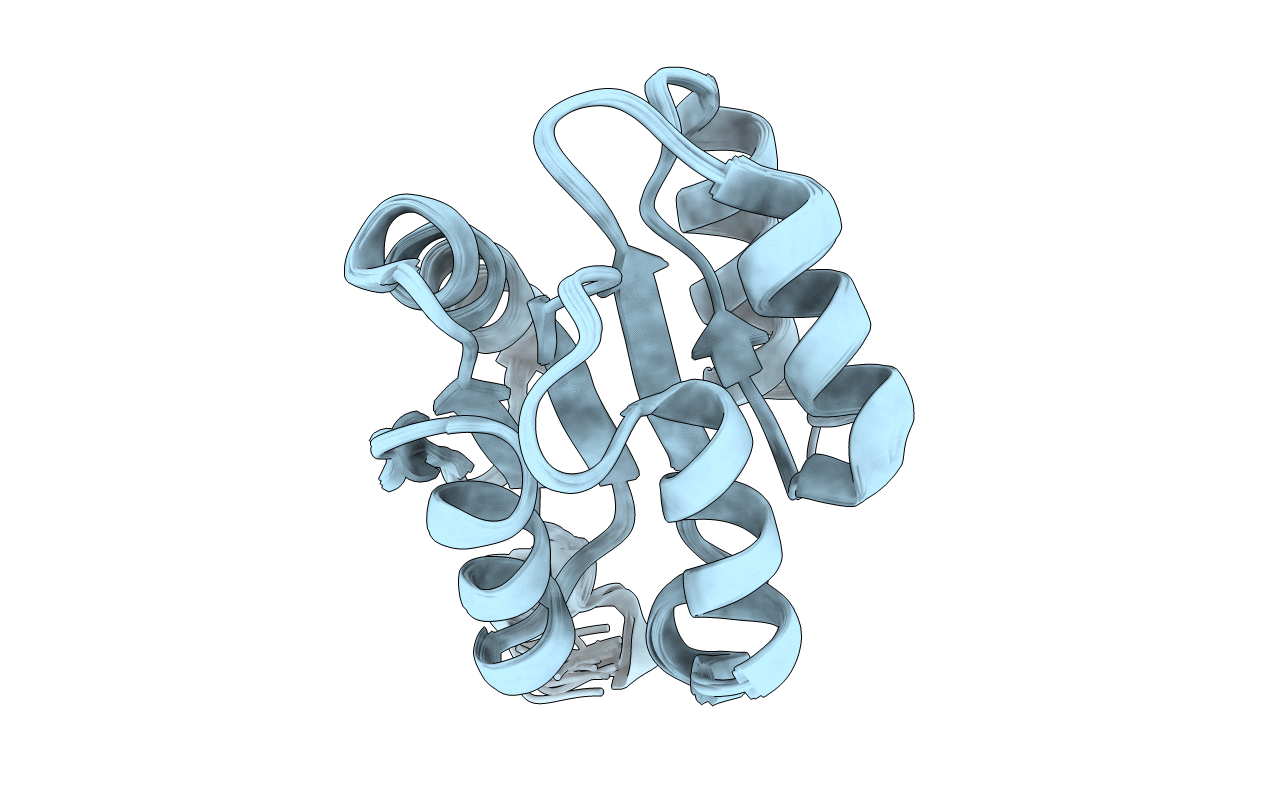
Deposition Date
2003-04-30
Release Date
2003-11-04
Last Version Date
2024-05-22
Entry Detail
PDB ID:
1P6U
Keywords:
Title:
NMR structure of the BeF3-activated structure of the response regulator Chey2-Mg2+ from Sinorhizobium meliloti
Biological Source:
Source Organism:
Sinorhizobium meliloti (Taxon ID: 382)
Host Organism:
Method Details:
Experimental Method:
Conformers Calculated:
250
Conformers Submitted:
16
Selection Criteria:
target function


